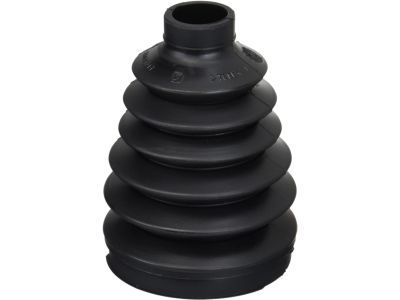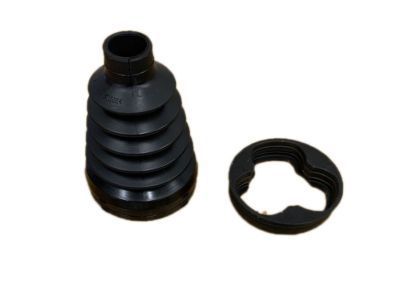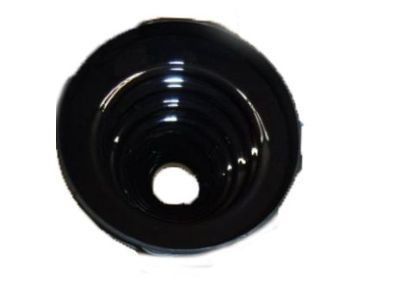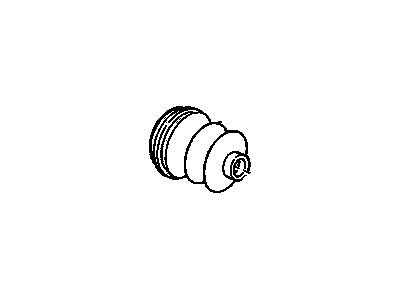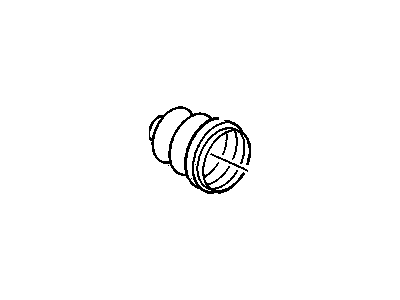My Garage
My Account
Cart
Genuine Chevrolet S10 CV Boot
Axle Boot- Select Vehicle by Model
- Select Vehicle by VIN
Select Vehicle by Model
orMake
Model
Year
Select Vehicle by VIN
For the most accurate results, select vehicle by your VIN (Vehicle Identification Number).
6 CV Boots found
Chevrolet S10 Boot Kit,Front Wheel Drive Shaft Cv Joint
Part Number: 26059671$36.74 MSRP: $57.80You Save: $21.06 (37%)Ships in 1-2 Business Days
Chevrolet S10 CV Boot
The Chevrolet S10 automotive CV Boot is an important part that guards the Constant Velocity joint or CV joint that is vital in transmitting power from the transaxle to the wheels. Another simple prosthesis is the CV Boot is an adaptable rubber or plastic case that contains the lubricant for the associated joints as well as provides protection from dirt. CV Joints that are used in S10 are fix joints at the outboard end of the axle and on the inboar of the axle there are plunging joints. Some of the widely used outboard CV joints are Rzeppa type and the tripod along with double offset are used for the inboard joints. Inspection of the CV Boot should be carried out periodically to avoid problems related to CV Joints because damage on the boot are seen to cause CV Joint failure.
Each OEM Chevrolet S10 CV Boot we offer is competitively priced and comes with the assurance of the manufacturer's warranty for the part. Furthermore, we guarantee the speedy delivery of your orders right to your doorstep. Our hassle-free return policy is also in place for your peace of mind.
Chevrolet S10 CV Boot Parts Questions & Experts Answers
- Q: What is the importance of driveaxle boots and how should they be maintained on Chevrolet S10?A: CV boots are necessary because they function as a shield that prevents dirt, water, and debris from getting inside to destroy the constant velocity (CV) joints. Also, it is important to inspect them for tears, cracks, and loose clamps periodically. This can be done by tearing over time but regularly checking for tears, cracks and loose clamps on the boot on the pointed area if there any cracks or grease on it. In case of cracked covers or if the grease comes out through small opening then new boots have to be installed.
- Q: How to remove and replace CV boot on a driveaxle on Chevrolet S10?A: To remove and replace the CV joints on a driveaxle, start by removing the driveaxle and placing it in a vise lined with rags to protect the shaft. For the inner CV joint, cut off the boot seal retaining clamps and slide the boot towards the center of the driveaxle. Remove the tri-pot housing from the spider assembly and then remove the spider assembly from the axle by removing the inner and outer retaining rings. Clean all the old grease from the housing and spider assembly, and inspect for any signs of wear. Pack the housing with grease and place the remainder in the CV boot. Slide the CV boot onto the axle and install the spider assembly with the recess facing the end of the driveaxle. Install the tri-pot housing and adjust the collapsed dimension of the joint before installing the retaining clamps and the driveaxle. For the outer CV joint, tap lightly around the seal retaining ring to remove it and cut off the band retaining the CV boot to the shaft. Remove the snap-ring and slide the joint assembly off. Remove the old CV boot and mark the inner race and cage for reassembly. Remove the balls from the cage and remove the inner race from the cage. Clean all the components and inspect for wear. To install, reverse the disassembly steps, ensuring the marks on the inner race and cage are visible after installation. Pack the CV joint assembly with grease and install the CV boot on the driveaxle. Position the CV joint assembly on the driveaxle and drive it onto the shaft until the retaining ring is seated. Install the CV boot and retaining clamp, and secure the seal retainer. Finally, install the driveaxle.

